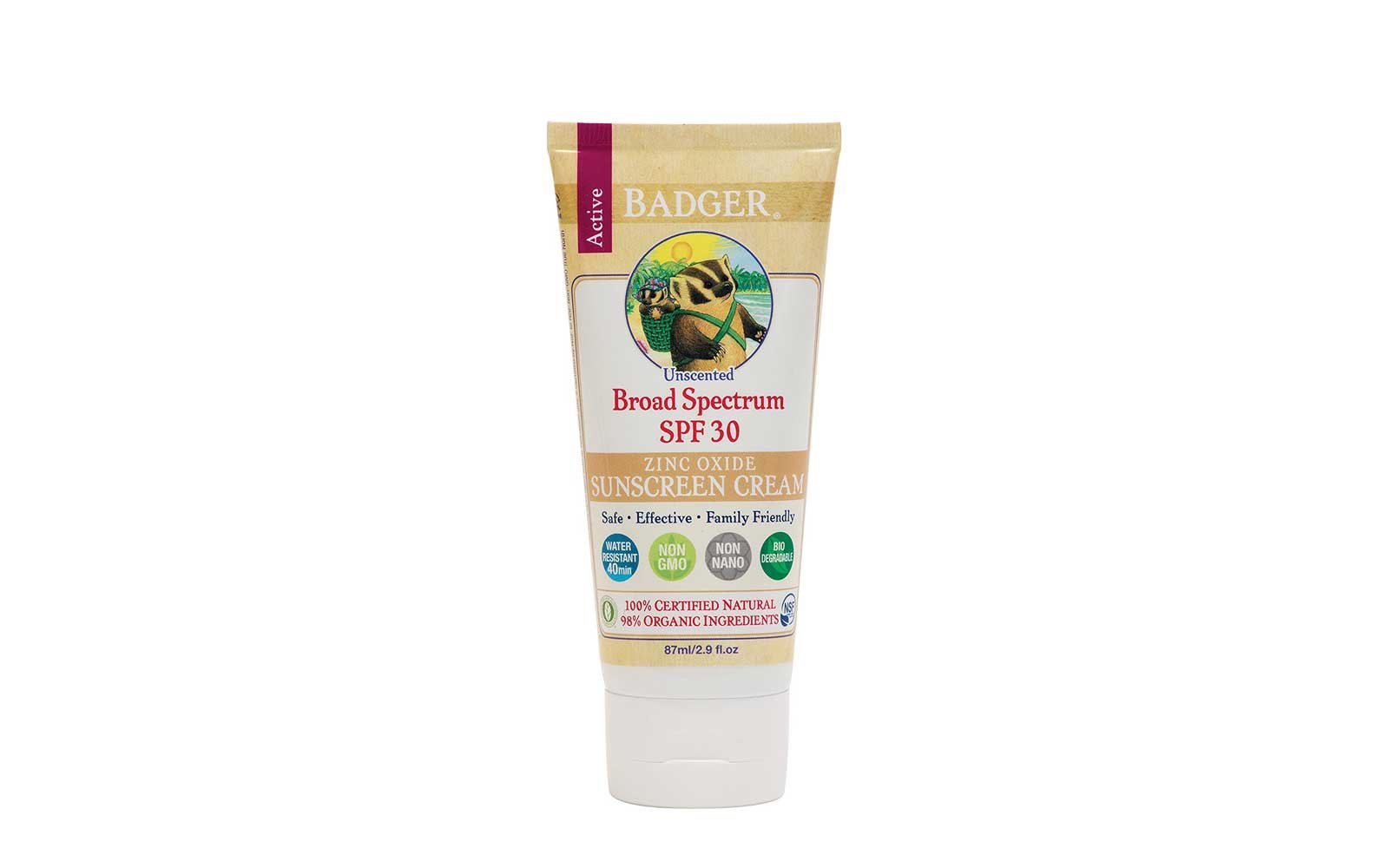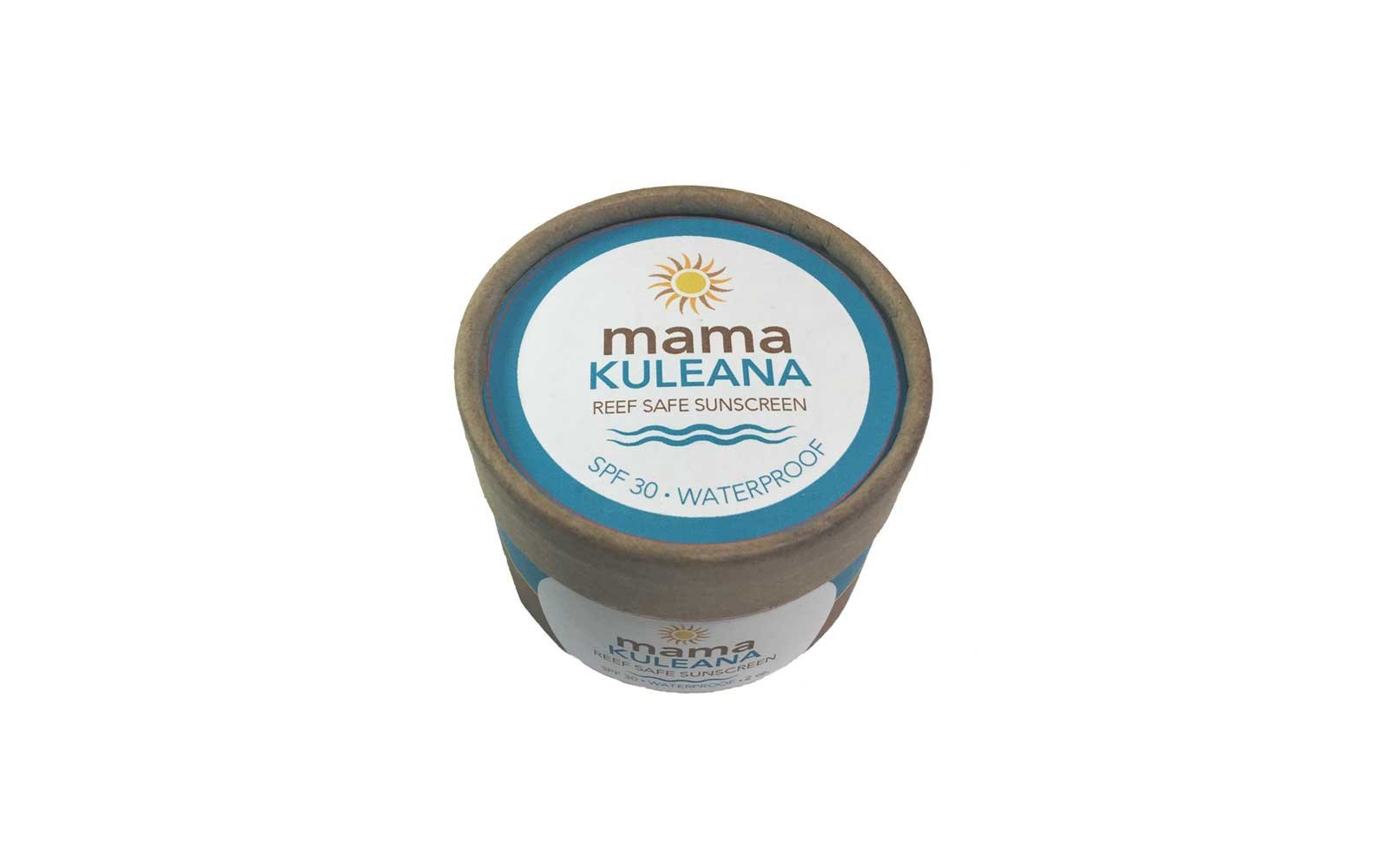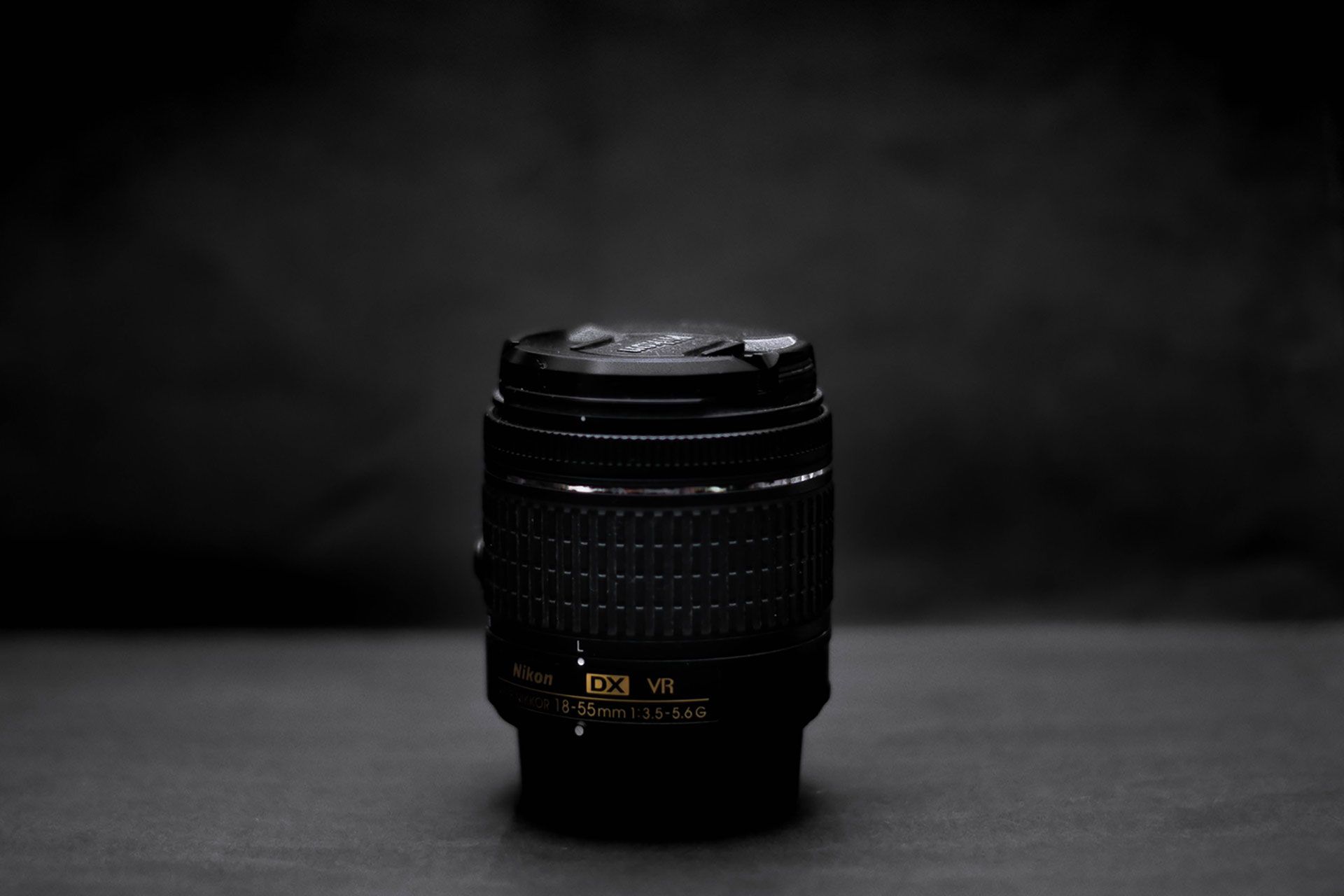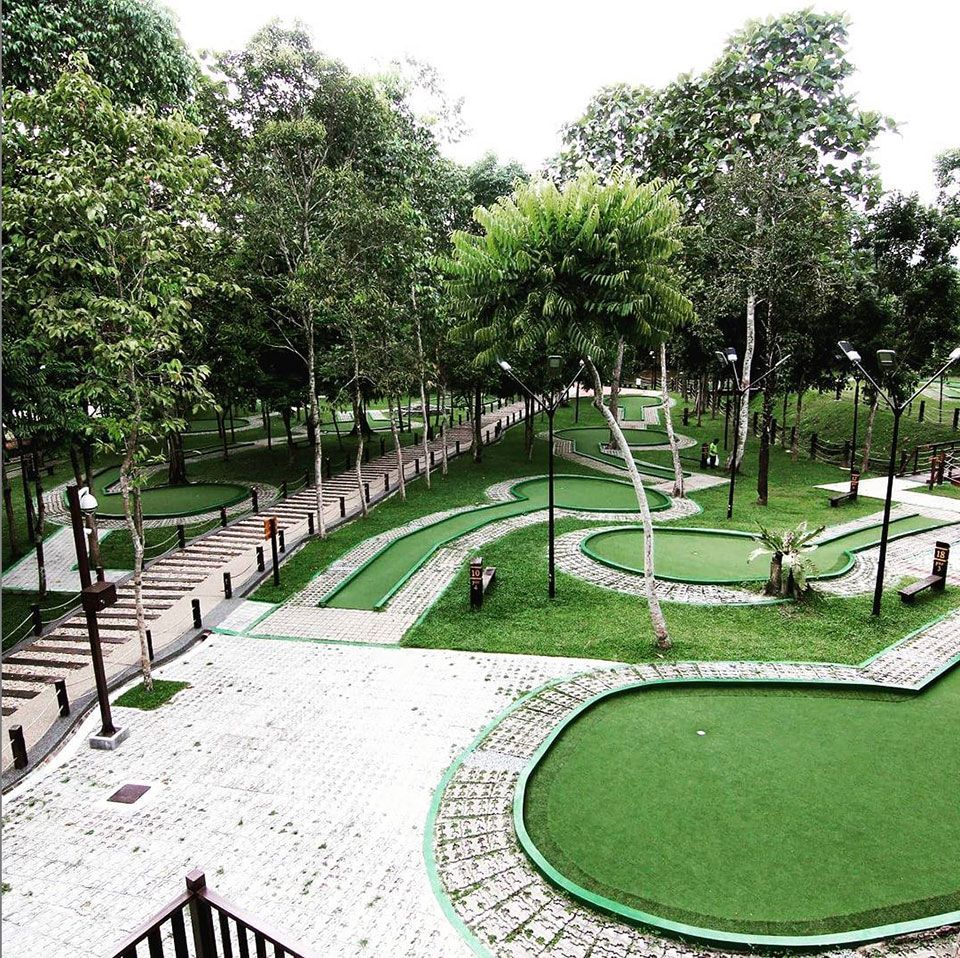We all use sunscreen to protect ourselves from the harmful ultraviolet rays. The pollution in the oceans is tragically killing coral reefs and destroying the homes of the marine life living there.
Hawaii passed a bill on May 1, 2018 that bans sale of sunscreens with dangerous chemicals to reefs? NOAA states sunscreens that contain oxybenzone and octinoxate are indeed harmful to coral reefs. EHP as well confirms that sunscreen chemicals may be causing coral bleaching.
According to a report by Marine Life, a marine conservation NGO, there over 82,000 kinds of chemicals from personal care products that have made their way into the world’s oceans. And one of the most dangerous contributor is sunscreen. In 2015, it was estimated that around 14,000 tons of sunscreen are ending up in the world’s coral reefs and causing irreparable damage.
Scientists have conducted many types of research in the past decade investigating how the tons of sunscreen that wash off our bodies into the ocean each year affect marine life. According to their studies, chemical sunscreens threaten the entire marine ecosystem.
One of the common misconceptions we initially think of if we talk about biodegradable sunscreen is the bottle. We often think that these body products are contained and packed in a biodegradable container. No, it is not about the bottle, but rather, the sunscreen itself.
To help you find sunscreen that are reef safe we did extensive research on the internet and we come up with the following list that is eco-friendly sunscreen brands on the market in 2019.
Our top choices sunscreen are:
Table of Contents
- Thinksport SPF 50 Sunscreen
- Babo Botanicals SPF 30 Clear Zinc Lotion
- Suntegrity Natural Mineral Sunscreen
- All Good SPF 30 Sport Sunscreen Lotion
- Badger SPF 30 Unscented Sunscreen Cream
- Manda Organic SPF 50 Sun Paste
- Mama Kuleana Waterproof SPF 30 Reef-safe Sunscreen
- Stream2Sea SPF 30 Mineral Sunblock
- Raw Elements SPF 30 Certified Natural Sunscreen
- Kokua Sun Care Hawaiian SPF 50 Natural Zinc Sunscreen

Photo: Amazon
Thinksport SPF 50 Sunscreen
This sunscreen has an ideal score on EWG, and doesn’t contain any organically dangerous synthetic compounds. It is water-safe for up 80 minutes and is retained effortlessly by your skin.

Photo: Amazon
Babo Botanicals SPF 30 Clear Zinc Lotion
The zinc recipe is sea safe and adequately shields your skin from sunburn. This sunscreen is additionally sulfate-, paraben-, phthalate-, aroma , and color free.

Photo: Amazon
Suntegrity Natural Mineral Sunscreen
This unscented and veggie lover sunscreen is ideal for individuals with touchy skin and children. It is free of parabens, phthalates, propylene glycol, mineral oil, manufactured colors, sulfates, nanoparticles and substance UV safeguards, and contains natural green tea extricate, cucumber concentrate, and pomegranate seed oil.

Photo: Amazon
All Good SPF 30 Sport Sunscreen Lotion
This non-nano zinc oxide-based sunscreen has a lightweight water-safe recipe and is wealthy in natural green tea, rose hips, and buriti oil for repairing harmed skin. Ensure your skin is very much saturated before applying.

Photo: Amazon
Badger SPF 30 Unscented Sunscreen Cream
This sunscreen is water-and sweat-safe for up to 40 minutes and contains saturating fixings like sunflower oil, beeswax, seabuckthorn, and Vitamin E.

Photo: Amazon
Manda Organic SPF 50 Sun Paste
This sunscreen has a thick glue consistency, which enables it to remain on your skin for a significant lot of time even after you’ve been in the water. It contains thanaka oil, or, in other words cancer prevention agents, is hostile to parasitic, against bacterial and has hostile to maturing properties. The catch? It gives you a tad of a white tint as opposed to rubbing into the skin.

Photo: Amazon
Mama Kuleana Waterproof SPF 30 Reef-safe Sunscreen
This Maui-based organization strives to guarantee that its items, together with the bundling, are alright for the earth. Their sunscreen contains a great deal of natural fixings like coconut oil, almond oil, and shea butter.

Photo: Amazon
Stream2Sea SPF 30 Mineral Sunblock
Protect your skin and marine existence with this mineral-based sunscreen that contains a ground-breaking cancer prevention agent mix of green tea, tulsi, wakame, and olive leaf. Its dynamic fixing is non-nano titanium dioxide.

Photo: Amazon
Raw Elements SPF 30 Certified Natural Sunscreen
The dynamic fixing in this sunscreen is non-nano zinc oxide. It is biodegradable, reef safe, and water-safe for up to 80 minutes.

Photo: Amazon
Kokua Sun Care Hawaiian SPF 50 Natural Zinc Sunscreen
This zinc-based sunscreen is improved with nearby Hawaiian spirulina, plumeria remove, nectar, kukui nut oil and other feeding oils that dampness and alleviate the skin.
Remember to double check the sunscreen ingredients and the label – each of our decisions matter to save the coral reefs!
Still not convince about choosing carefully your sunscreen for your next trip? Check our post about 5 Things to Know About the Sunscreen and How to Protect the Coral Reef.




























1 Comment
I hope that you won’t stop writing such interesting articles. I’m waiting for more of your content. I’m going to follow you.